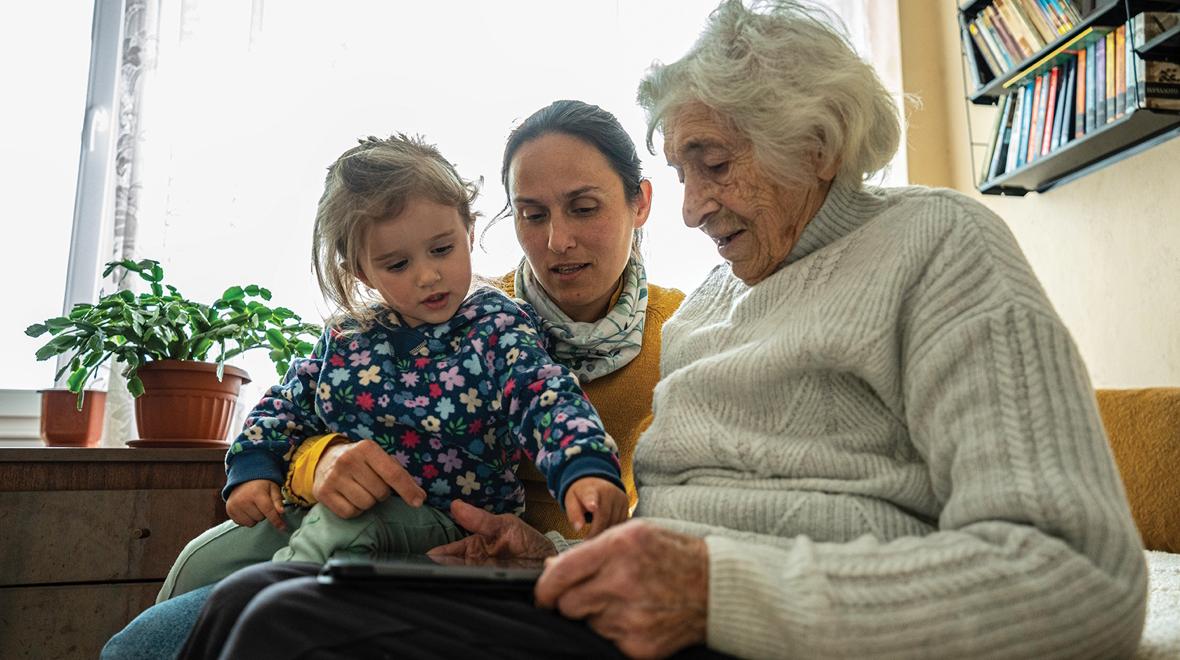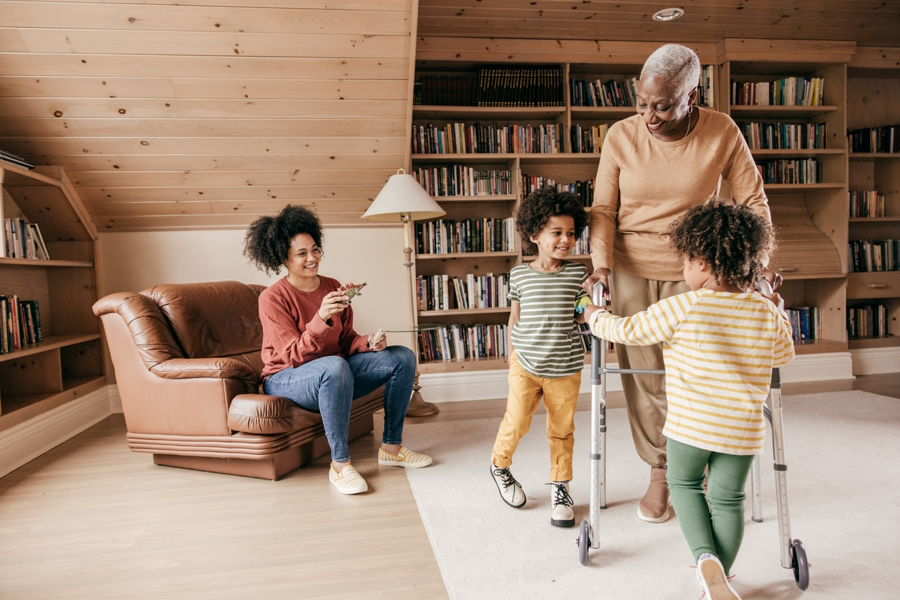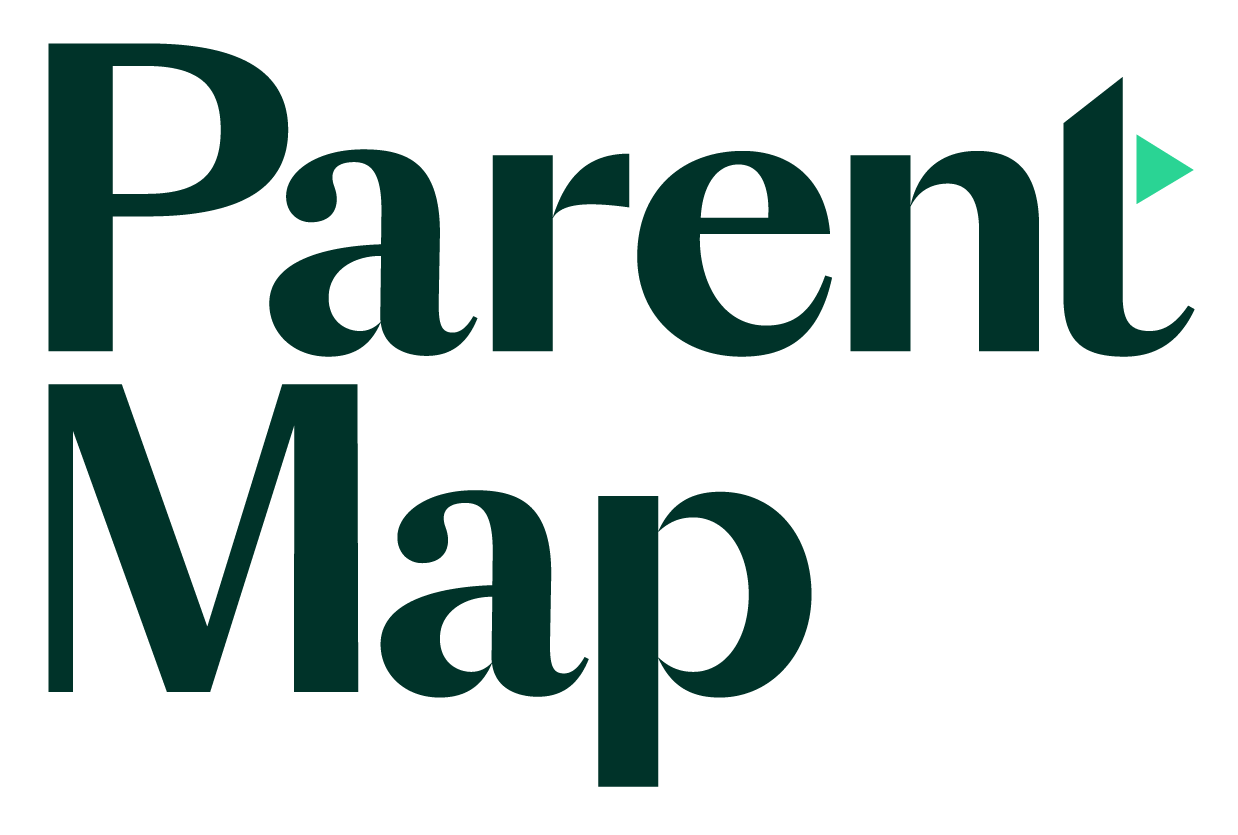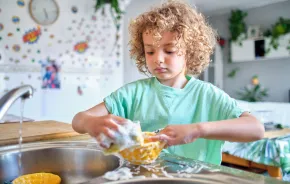
Photo:
iStock
It’s a blessing to have our parents with us longer than previous generations had theirs, and it’s wonderful to have the option of waiting until you are ready before choosing to have children. But with longer lifespans allowing us to invent retirement and have children later in life, people in middle age have increasingly found themselves raising children and caring for aging parents at the same time. If that describes your situation, welcome to the sandwich generation.
More than 65 million Americans provide care for an adult family member, and 37 percent of them are also raising children. It is a stressful, high-pressure situation that can leave you feeling like you’re on the grill of a panini press. Finding the resources and support you need to manage everything is hard, and often expensive when you do find them, but resources do exist. And there are things you can do to ease the strain.
Practical resources
“We have giant systemic problems in the health-care system in regard to how [it interacts] with older adult patients and families,” says Sue Peschin, president and CEO of the Alliance for Aging Research, a nonprofit that supports research and resources for healthy aging. Peschin is also sandwiched between her mother, who has Alzheimer’s disease, and two adolescent sons. Experiencing firsthand the way that time-crunched health-care providers rush through appointments, following standard protocols without considering a family’s values or unique needs, “has significantly changed my advocacy,” she says. “It’s just understanding where people are at given points in time and not applying kind of a one-size-fits-all to people’s experience.”
Many people are unaware of the progressive levels of care that are available in between doing everything yourself and a nursing home. Especially when a person leaving the hospital cannot go back to living alone, families often get trapped in the high-cost, for-profit world of care facilities.
“I recommend to folks that they try to stay independent as long as possible. You can’t really go back once you transition, and the price jumps up significantly with that layering of additional help,” says Peschin. The Eldercare Locator is a federal resource that can help families find assistance — such as housing, support services or transportation — that targets their specific needs. BenefitsCheckUp also helps caregivers find available support, while tools like Lotsa Helping Hands help coordinate tasks such as doctor’s appointments and medication schedules. Washington state has a paid family leave program if your caregiving responsibilities are extensive, but you have to be proactive to access it.
Melissa Levo is a program manager at Seattle Public Utilities, and has a 5-year-old and a toddler. When her parents, who are in their late 70s, moved from upstate New York to an independent living facility in Seattle last summer, she was surprised at how much her daily routines changed.
“I hadn’t fully mentally prepared for that shift in our day-to-day schedule. I had only been thinking about how they’ll be around for the holidays and birthdays. We’re still adjusting to that weekly grind and trying to figure out how to make it all work,” she says. What has helped the most so far has been the flexible child care provided by the family’s au pair, “having another responsible adult [at home]. Around holidays and evenings and weekends, we schedule them for some of those times, too, and that little break is huge.”
Since Levo’s parents are still largely independent, she hasn’t had to deal with the burden of daily physical care. Instead, the biggest challenge has been the mental load of juggling another set of schedules and figuring out how much help is helpful.
“I hear from other people who are part of the sandwich generation, too; there’s this ongoing negotiation of how to make decisions and when to make the decision. You don’t want to overstep, but [parents] do need some help. When and where to step in, that’s a constantly changing line when you have aging parents. But you don’t always make the right call,” says Levo.
Open communication
Forcing a conversation about receiving care before people are ready for it could create fractures in a relationship that will complicate caregiving when the time comes.
“Humans really don’t like change, and we like to be optimistic,” says Levo. But communicating openly with your parents while they are still healthy can make things easier for everyone in the long run. For Amy Sanchez, a school counselor in Shoreline who lost her father to cancer while she was pregnant with her second child, her father’s openness was one of the few things that made a terrible situation easier to bear.
“Advance communication with family is really important. I feel really grateful for the way that my dad approached his end-of-life care and just the way that he talked about his preferences and values with us,” says Sanchez. Her father prepared an advance directive and brought her with him when he met with his attorney. “The communication was really good, and I know that’s not the case in a lot of families, because it’s really hard to talk about this stuff.”
Thanks to her father’s example, her remaining family has become more proactive, especially her 78-year-old aunt.
“She’s very open to having these conversations. She’s healthy now, but she can say, ‘This is what I want. These are my preferences, these are my values.’ We’re talking about that before it’s really emotionally intense,” says Sanchez.
Levo has taken the same lesson from her experience. She’s already thinking ahead to when her children are the ones in the middle.
“For me and how I see myself aging and how it will impact my children, I want to remember to embrace change,” she says.

Talk to someone else
As important as it is to talk with your parents, it is equally important to talk to people who are not part of your family’s struggle. A therapist can help you process grief and understand the strong emotions that come with major transitions. But talking to peers is also valuable when the isolating journey of parenting is compounded with the added strain of eldercare. The Alzheimer’s Association offers support groups for anyone dealing with the disease, and the Alzheimer’s Foundation of America has a hotline staffed by social workers. Locally, the Phinney Neighborhood Association offers caregiving support groups, as well as counseling and senior services.
“I would have loved to connect with other people like that. I kept thinking, ‘Surely I’m not the only person in the world to be watching a parent die as I am pregnant and awaiting the birth of this baby, who my parent is not going to meet,’” says Sanchez. She never found a support group for her situation, but she did reconnect on Facebook with an old college friend who was going through the same thing.
“At work, people didn’t know my dad was sick until he was hospitalized. Then people started identifying themselves to me. I didn’t know that their parents had died, I didn’t know that their parent was sick. And I wish I had tried to connect with some of those people before things got really rough, because I think I would have felt less alone,” says Sanchez. Such people are more comforting to talk to than friends who haven’t had the same experience, and they often have helpful, practical information, having recently navigated the same complex issues and systems themselves.
“You have to be able to come face-to-face with it. So, I want people to start being able to talk about aging and grief and death before it’s so catastrophic. I try to bring it up more with people just so it doesn’t feel like this is this secret thing in the world that we can’t ever talk about. It’s a part of aging, and death is a part of life. I want it to be less forbidden of a subject,” says Sanchez.
Mental shift
Although it’s a lot of work juggling dual care responsibilities, being in the thick of parenting can be a secret superpower when you’re holding the sandwich together. As a parent, Levo is used to thinking about what is developmentally appropriate for her kids. Dealing with aging parents became a little bit easier when she realized that development doesn’t stop when we become adults — every age is a developmental stage.
“It’s unreasonable to expect my parents in their late 70s to just fully embrace change. When I was able to kind of switch that framework and say, ‘Okay, I need to meet them where they’re at and have reasonable expectations for their responses to things,’ responding in that more empathetic way helped me a lot,” says Levo.
She also discovered that the upside to her new, more complicated routines is peace of mind.
“There was constant underlying stress with them being so far away, that if something happens, I could not help them. And so, just knowing that they were here, my anxiety response to it is so much less when I know that in 10 minutes, I can be there. And on a bigger level, I think knowing that my children will know my parents as a part of our everyday lives is very important,” says Levo.
The sandwich concept illustrates how we tend to think of parents’ and children’s care needs as being in competition with each other. After all, there are only so many hours in the day, and especially when children are small, they can’t understand why you can’t always be immediately available to them.
“I think it’s just a feeling like you’re not able to do any one thing well. So, you know, it’s more kind of a self-expectation that we put on ourselves and how we envision we ought to be. But one thing I’ve learned is kids learn a lot through watching how you struggle. It can create intimacy with kids to have them see you work through being overextended and needing help and not always knowing the answer to everything,” says Peschin. But she adds, “Oftentimes, it’s not just the adult that’s kind of in the middle of doing the caregiving. It becomes a family affair, you know. When you do have sandwich caregiving, it’s not unusual for teenagers to play a role in the care.”
Some 1.4 million children between 8 and 18 years old participate in the care of an older relative. As long as their responsibilities are not excessive, this can be a healthy growth experience for them. When Peschin’s mother had a health emergency, her oldest son stepped up to take care of his younger brother while she was at the hospital with her mom. Later, he learned to help lift his grandmother when she fell, and he found his first job as a server in the dining room at her care facility.
“He turned out to be great. A lot of the people there really liked him because he just has a patient, very sweet way about him,” she says. Few adolescents develop that kind of patience and comfort interacting with the elderly without having had a close relationship with their own older relatives.
Additional resources:
|











